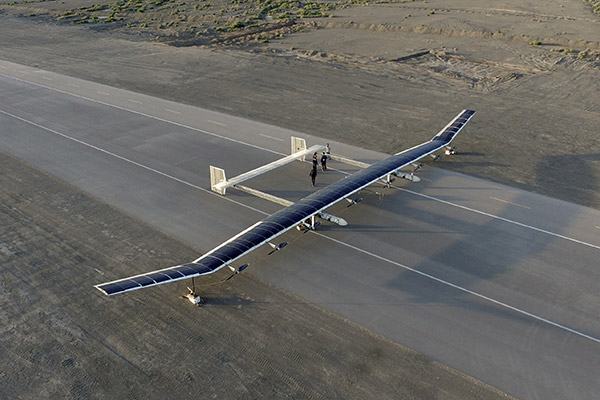
A Chinese government official informed in a tweet that China has successfully tested its first fully solar-powered unmanned aerial vehicle (UAV), named Qimingxing-50, which can fly for months and can function even as a satellite if required.
What is the significance of this test flight?
The Qimingxing-50, with a wingspan of 50 m, is a high-altitude long-endurance drone that is capable of high-altitude aerial reconnaissance, assessing forest fire and can also be used for communications.
This technology will bolster Chinese defences in space and at sea. It can be used in the fields of renewable energy, new materials, and aeronautical engineering. The Chinese official also asserted that this test flight is an important step towards sustainable development.
The UAV, whose name translates as “Morning Star-50” in English, is claimed to be capable of functioning uninterrupted for months. This capability of having a long-endurance flight gives it a use case of operating as a satellite.
Like satellites, it is fully electric-driven, powered by solar energy and can operate at 20 km above the Earth’s surface for an extended period of time continuously. It is also referred to as a “High Altitude Platform Station” or a “pseudo-satellite.”
It can be used when there is unavailability or disruption in satellite services. The report says that compared to the cost and complexity of installing a satellite in orbit, this UAV is much more cost-effective and easy to operate.















